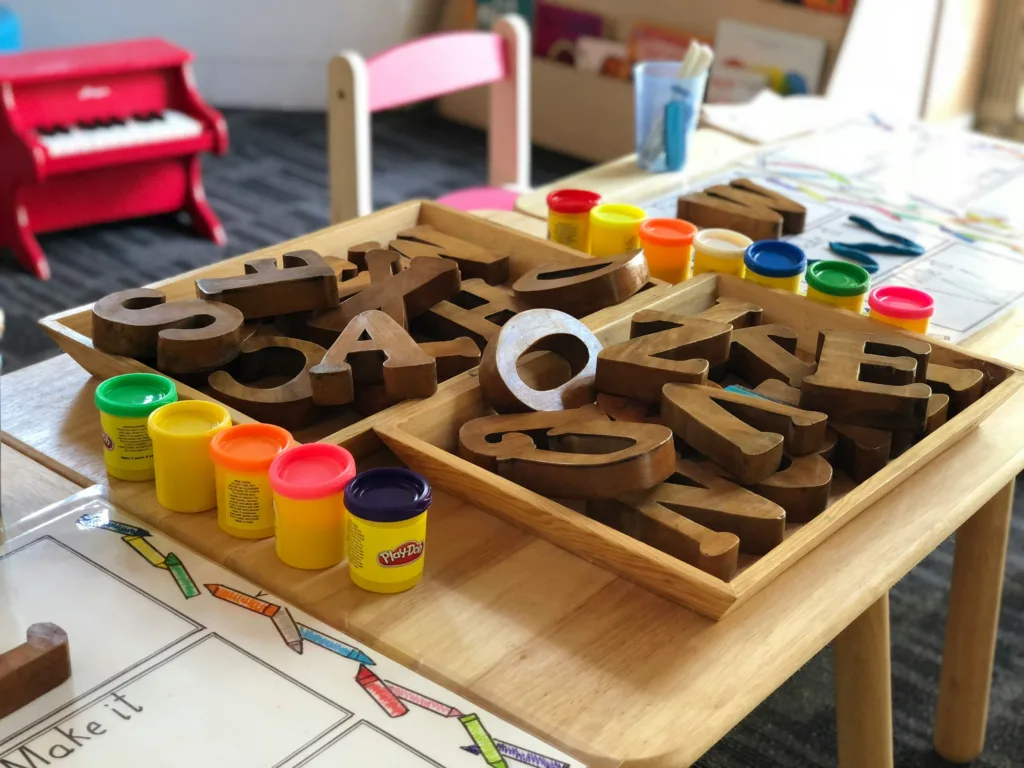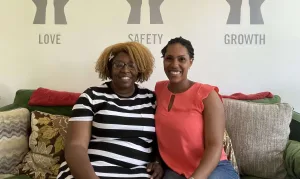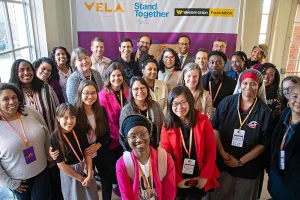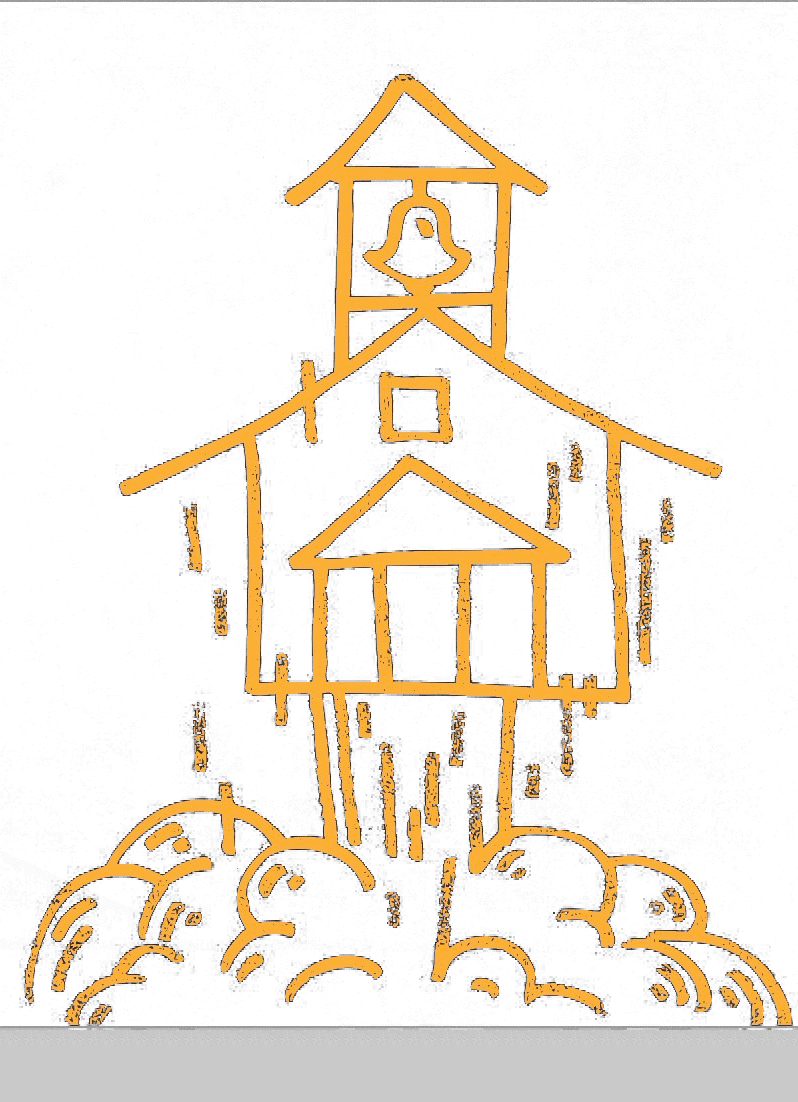Jessica Winter’s 2022 New Yorker article, “The Miseducation of Maria Montessori,” paints the Montessori Method as a relic of privilege: an educational model reserved for the elite and disconnected from the realities of today’s diverse classrooms. As a Montessori educator, I see something profoundly different. What Winter misinterprets as exclusivity is, in fact, one of the most inclusive, research-grounded, and child-centered approaches to education ever developed. The problem is not with Montessori. The problem is with the highly regulated system that prevents its equitable access.
For more than a century, Dr. Maria Montessori’s method has transformed classrooms across the world, from the tenement housing of early 1900s Rome to modern schools on every continent. Designed initially for impoverished and developmentally delayed children, the Montessori approach emerged not as an elite experiment but as a social reform movement rooted in dignity and opportunity. Montessori believed that education should liberate the potential within every child, regardless of class or circumstance.
At its core, the Montessori Method is built on cognitive precision and deep respect for the child’s natural development. Each material isolates a single concept and allows for self-correction, enabling children to construct knowledge through direct experience. This is not unstructured play; it is purposeful, intentional work grounded in neuroscience and developmental psychology. Studies, including those summarized by Angeline Lillard in Montessori: The Science Behind the Genius (Oxford University Press), demonstrate that Montessori students exhibit stronger executive functioning, academic performance, and socio-emotional well-being than peers in traditional settings.
To teach in this environment requires specialized preparation and a deep understanding of child development. Montessori educators do not “deliver” lessons; they guide discovery, observe growth, and adjust the prepared environment accordingly. Each lesson is sequenced intentionally to support the brain’s sensitive periods for language, movement, order, and abstraction. It is a symphony of cognitive and moral formation—not a scripted curriculum.
By contrast, the traditional education system has drifted toward a model of industrial compliance rather than human formation. Oversight, top-down micromanagement, and rigid pacing guides dominate classrooms under the banner of “accountability.” While accountability is important, its current form often dehumanizes both teacher and student. Teachers are reduced to implementers of state-mandated scripts, and students become data points on a spreadsheet. I should know. I taught in public schools before creating my own microschool.
The focus on uniform education standards, textbook contracts, and high-stakes spring testing leaves little room for professional judgment, creativity, or child-centered learning. The result is an education system that values compliance over curiosity, one that measures success through test scores rather than intellectual or moral growth. The Montessori Method offers an antidote: a return to education as the cultivation of the whole child, not the management of the mass classroom.
Winter’s accusation that Montessori carries classist undertones ignores both its origins and its current reach. Dr. Montessori’s first “Children’s House” served the poorest families in Rome. The children who thrived there were precisely those whom society had deemed incapable of academic achievement. Today, the fastest-growing segment of Montessori education is in the public sector. Public and charter Montessori schools now operate in hundreds of districts across the United States, serving racially and economically diverse communities. Moreover, expanded school choice programs, like those in Florida in which many of my students participate, make Montessori learning environments far more financially accessible.
If Montessori schools appear expensive, that is not a reflection of elitism in philosophy but of bureaucratic barriers that prevent widespread adoption. State regulations, rigid testing requirements, and costly accreditation mandates often make it nearly impossible for small or independent schools to offer authentic Montessori programs affordably. What was designed as a liberating pedagogy has been squeezed by the very systems it sought to reform.
A truly free educational market would change this. Deregulation, done responsibly, would not mean a lack of accountability but a restoration of professional trust and pedagogical freedom. If schools were free to select proven curricula like Montessori, parents could choose environments aligned with their children’s needs and family values. Public Montessori programs in cities like Milwaukee, Denver, and Washington, DC, demonstrate that when educators are trusted to guide rather than comply, student outcomes improve across all demographics.
Freedom fosters innovation. When educators are liberated from bureaucratic mandates, methodologies like Montessori can flourish and grow. Transparency about each school’s philosophy and outcomes would empower families to make informed decisions. This is something true equity demands.
The solution to accessibility is not more control but more choice. Removing unnecessary regulations would lower costs, invite innovation, and return decision-making power to the parents and educators closest to the child. This aligns perfectly with Dr. Montessori’s belief that education should follow the child, not the dictates of a distant authority.
Montessori is not a privilege; it is a promise: that every child, regardless of background, deserves an environment that honors his or her natural curiosity and capacity for independence. To accuse the method of exclusion is to overlook the systemic barriers that keep it from the very children it was created to serve.
The Miseducation lies not in Montessori’s philosophy but in the misdiagnosis of its challenges. Bureaucratic control and industrial-era educational models continue to stifle one of the most transformative pedagogies of our time.
If we truly want to make Montessori accessible to all, we must create an educational ecosystem that values diversity of method, transparency of results, and freedom of educational choice. In other words: the very conditions that made Maria Montessori’s vision revolutionary in the first place. Montessori’s revolution began in freedom; only freedom will allow it to fulfill its promise.
Further Reading and Resources
For readers interested in learning more about how Montessori education serves diverse communities and expands access across the US:
- Montessori in a Homeless Shelter: The Montessori Academy at the Center for the Homeless
- Early Childhood Intervention at the Center for the Homeless: CFH Early Childhood Program
- Expanding Access Through Public Montessori: MontessoriPublic.org
Tuition-Free Montessori Preschools Nationwide: Bezos Academy





